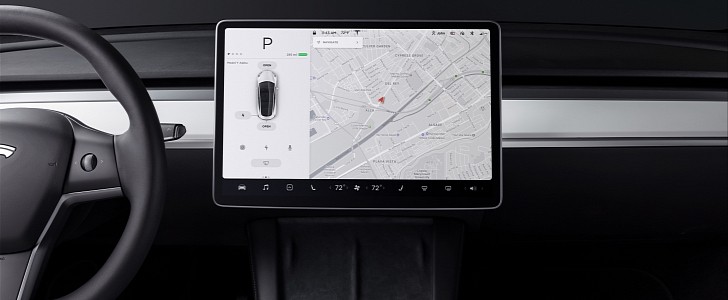It may be just a coincidence, but Bloomberg just published an article wondering what regulators will do after NHTSA reached 30 investigations related to Tesla’s Autopilot. A little after that, the traffic safety agency released an order requiring all automakers with advanced driving-assistance systems to report crashes in which they were active "during or immediately before the crash."
Automotive News brought the information and said that Steven Cliff, NHTSA’s acting administrator, believes these reports will allow the agency to “critical data” that will help it “quickly identify safety issues that could emerge in these automated systems."
Although Tesla is not the only company to offer an advanced driving-assistance software – GM has Super Cruise, and Ford has Active Drive Assist – it is the one that has named them in controversial ways. Autonomous driving specialists have urged Tesla more than once to change the names of their software urgently not to give customers the impression that it can drive the car on its own.
To make matters worse, Tesla offers Autopilot and FSD – or Full Self-Driving – as beta software. They come with legal disclaimers warning drivers that the software is not complete, that “it may do the wrong thing at the worst time,” and that any accident in which it is involved is on the driver. To authorities, and despite these names, the automaker said all its software is a Level 2 driving aid.
According to the order, automakers will have one day to report any crashes involving active Level 2 assistants or Level 3 to 5 autonomous driving tech in which there was a fatality, hospital-related Injury, vehicle tow-away, airbag deployment, or the involvement of vulnerable road uses. They will be able to update said report in 10 days after the first communication.
It is not clear if these reports will help NHTSA update its regulatory basis on new technologies such as these. However, it is evident that the government wants these measures to be seen as more effective action. Otherwise, Cliff would not have said that these reports "will help instill public confidence that the federal government is closely overseeing the safety of automated vehicles." We’ll see about that.
Although Tesla is not the only company to offer an advanced driving-assistance software – GM has Super Cruise, and Ford has Active Drive Assist – it is the one that has named them in controversial ways. Autonomous driving specialists have urged Tesla more than once to change the names of their software urgently not to give customers the impression that it can drive the car on its own.
To make matters worse, Tesla offers Autopilot and FSD – or Full Self-Driving – as beta software. They come with legal disclaimers warning drivers that the software is not complete, that “it may do the wrong thing at the worst time,” and that any accident in which it is involved is on the driver. To authorities, and despite these names, the automaker said all its software is a Level 2 driving aid.
According to the order, automakers will have one day to report any crashes involving active Level 2 assistants or Level 3 to 5 autonomous driving tech in which there was a fatality, hospital-related Injury, vehicle tow-away, airbag deployment, or the involvement of vulnerable road uses. They will be able to update said report in 10 days after the first communication.
It is not clear if these reports will help NHTSA update its regulatory basis on new technologies such as these. However, it is evident that the government wants these measures to be seen as more effective action. Otherwise, Cliff would not have said that these reports "will help instill public confidence that the federal government is closely overseeing the safety of automated vehicles." We’ll see about that.














